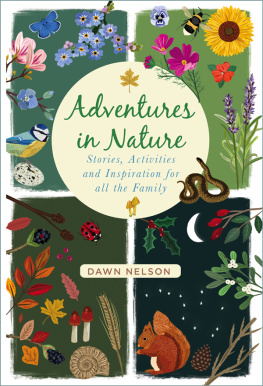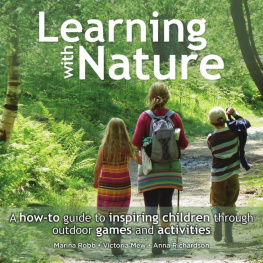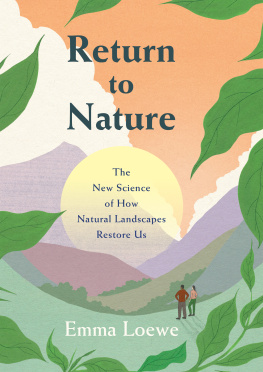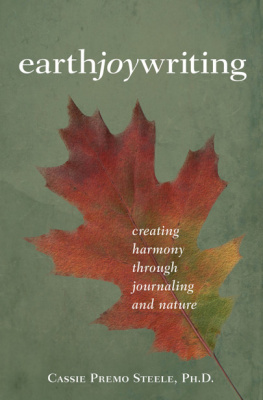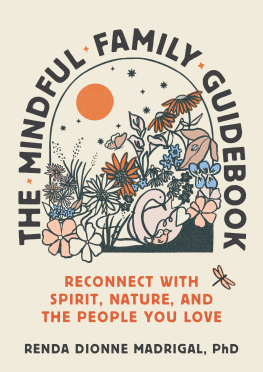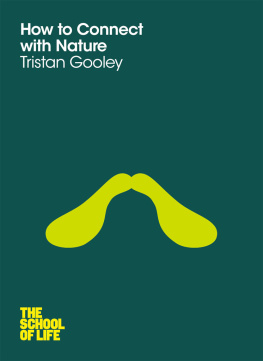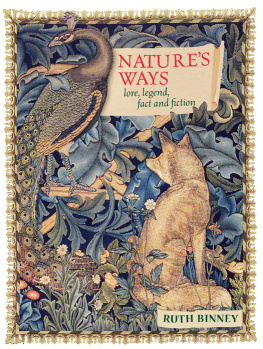Contents
Guide

First published 2021
The History Press
97 St Georges Place, Cheltenham,
Gloucestershire, GL50 3QB
www.thehistorypress.co.uk
Dawn Nelson, 2021
The right of Dawn Nelson to be identified as the Author of this work has been asserted in accordance with the Copyright, Designs and Patents Act 1988.
All rights reserved. No part of this book may be reprinted or reproduced or utilised in any form or by any electronic, mechanical or other means, now known or hereafter invented, including photocopying and recording, or in any information storage or retrieval system, without the permission in writing from the Publishers.
British Library Cataloguing in Publication Data.
A catalogue record for this book is available from the British Library.
ISBN 978 0 7509 9774 4
Typesetting and origination by Typoglyphix
Printed in Great Britain by T.J. International Ltd
eBook converted by Geethik Technologies
Contents
Acknowledgements
This book would not have been possible without many people. Audiences who have listened to my stories, the patrons who support my work via Patreon, my daughter who has, by insisting I tell certain stories over and over, shown me which ones sing to peoples hearts and, of course, my husband, who has supported me in so many ways throughout the writing of this book.
These stories came about when I challenged myself to write 100 mini fables in 100 days. What appeared on the pages were tiny glimpses of childhood stories that have stayed with me and have woven themselves into my own tales; narratives inspired by sunshine-filled days in the country, learning about nature, and time spent listening to my mother read at bedtime, and so for that I am forever grateful to my mother for her love of nature and literature and for passing that on to me.
My thanks also to Nicola Guy at The History Press for seeing the potential in this book and to the rest of the team for working so hard to bring it into being.
Introduction
Merry met, reader of tales and adventurer of life. My name is Dawn Nelson, and I am an author and professional storyteller. As a teller I am known as DD Storyteller and I love to tell both traditional tales and my own original stories, which often combine folklore, nature and the old ways.
In this book, you will find a collection of original, seasonal stories that hold within them elements of nature and echoes of our ancestors stories. The book is divided into the twelve months of the year and there are four stories for each month.
The stories use nature to teach us something about ourselves and how we connect with the world around us. Each story also has an activity to accompany it. After you have read one of the stories for the month that we are currently in, you can then turn to that months activities section and there you will find an adventure, craft project or recipe that will help you to bring the story to life with the younger members of your family. You are also encouraged to keep an Adventure Journal, with notes of your finds and discoveries while carrying out these activities.
At the back of the book is a list of resources for each months activities. These are websites and books that you can use to find more information to help you with the activity, should you wish.
Within the book there is also a chance to pause for the wheel of the year as it turns and learn about the ancient festivals of Imbolc, Ostara, Beltane, Litha, Lammas, Mabon, Samhain and Yule.
This collection contains forty-eight stories for families. They encompass my love for fable, folklore and fairy tale and, as you read, you may discover echoes of past stories told to you and themes running through them that are present in many of the long-told tales of our ancestors. Like a magpie takes shiny items for their nest, so a storyteller weaves old stories into new.
Stories are in our blood, stitched into the fabric of our being, the very essence of what it is to be human. They help us to learn, to explain the world around us and to perpetuate our cultures and beliefs. Holding many of them dear, we hand stories down through the generations as keys to our own hopes and fears, and I hope that these stories will, in turn, be passed on to the next generation so that they will also tell them.

Bare trees in the winter dark
Badgers slumber, foxes bark
Catkins dance from branches high
Listen, the sleeping earth it sighs.
The Old Oak Tree

Journey through the valleys and across the hills, and you will reach a forest full of oak trees. They have been standing there for as long as the Earth has been turning. Each year new trees are born, and old ones fall back to the earth. Its the cycle of the forest, but to truly see the magic, you must look a little closer.
The huge oak tree that once stood at the centre of the forest is now just a stump. It started its life as an acorn, burying itself deep into the leaf mulch to find a warm bed. As the weather grew cold, the acorn dug further down and was covered by more leaves and twigs. Feathers and fur from the passing animals fell too, to warm the acorn. The acorn stayed very still and waited.
Spring came and the birds shouted from the trees: The sun is here once more!
The acorn heard their call and stretched. As it did, its shell cracked, and a small, green shoot emerged. Each day, the sun shone a little more and the shoot pushed through the soil. Poking through the leaves it saw the forest around it, towering above.
Rain arrived and the little shoot drank, thirsty from its efforts. It grew and grew and grew, and as it got bigger more animals began to visit it.
First came the ants, hurrying up and down the shoot to collect its old leaves as they shrivelled; next the beetle, who was looking for a place to shelter from the rain. The shoot grew stronger, and soon birds were able to perch on it to look for worms on the forest floor. Its trunk got stouter, and it grew taller still until, eventually, the birds could nest in its branches.
Bigger and bigger, higher and higher the oak tree reached. Over the years it had many animals make it their home: barn owls, woodpeckers, squirrels, woodlice, beetles, butterflies and gall wasps. The tree helped them all.
Fifty years the tree was standing, growing strong, basking in the warmth of the suns rays and soaking up the rain of many clouds. Then a terrible storm came. From a heavy grey sky, the wind howled, and thunder rumbled right down to the roots of the tree. A twist of fate, a misplaced branch, and the tree was struck by lightning. It split in two.
The next day, a woodcutter travelling through the forest saw that the tree had been damaged by the storm. They saw that it could not grow anymore and that it may fall and take other trees with it; other trees that were not yet ready to meet the earth. And so, the woodcutter set to work. They cut the dead branches of the tree away until all that was left was the stump. They took the wood home to make a fire to warm their house and cook food for their family.

